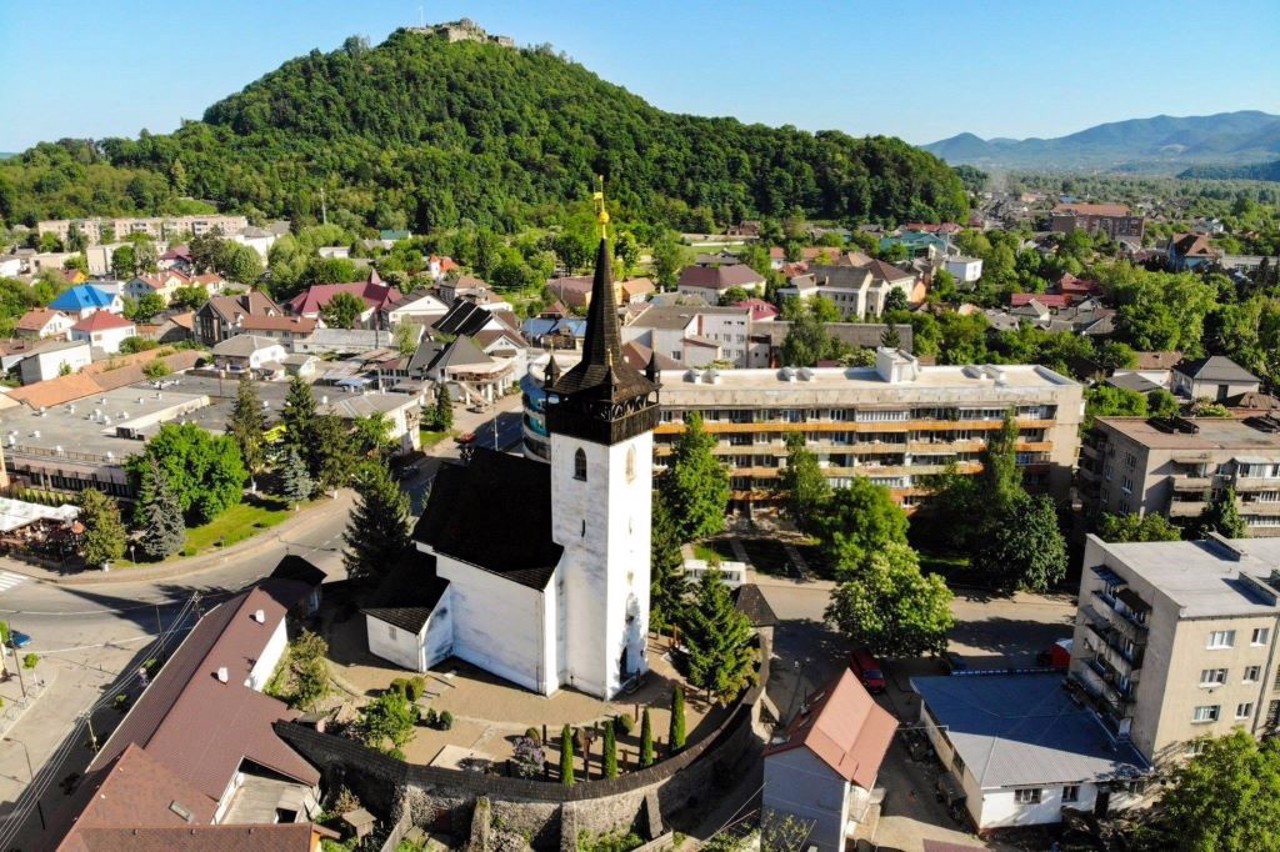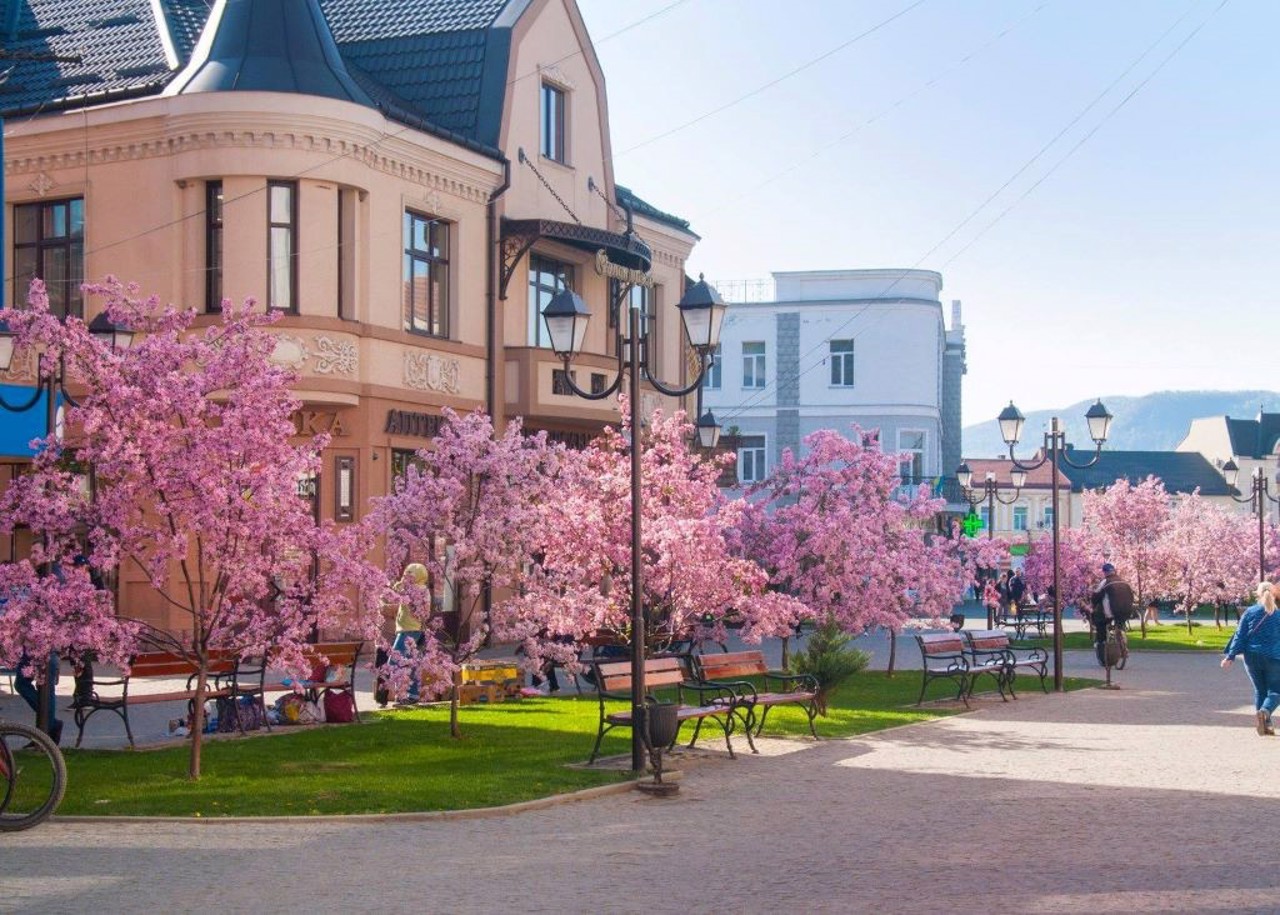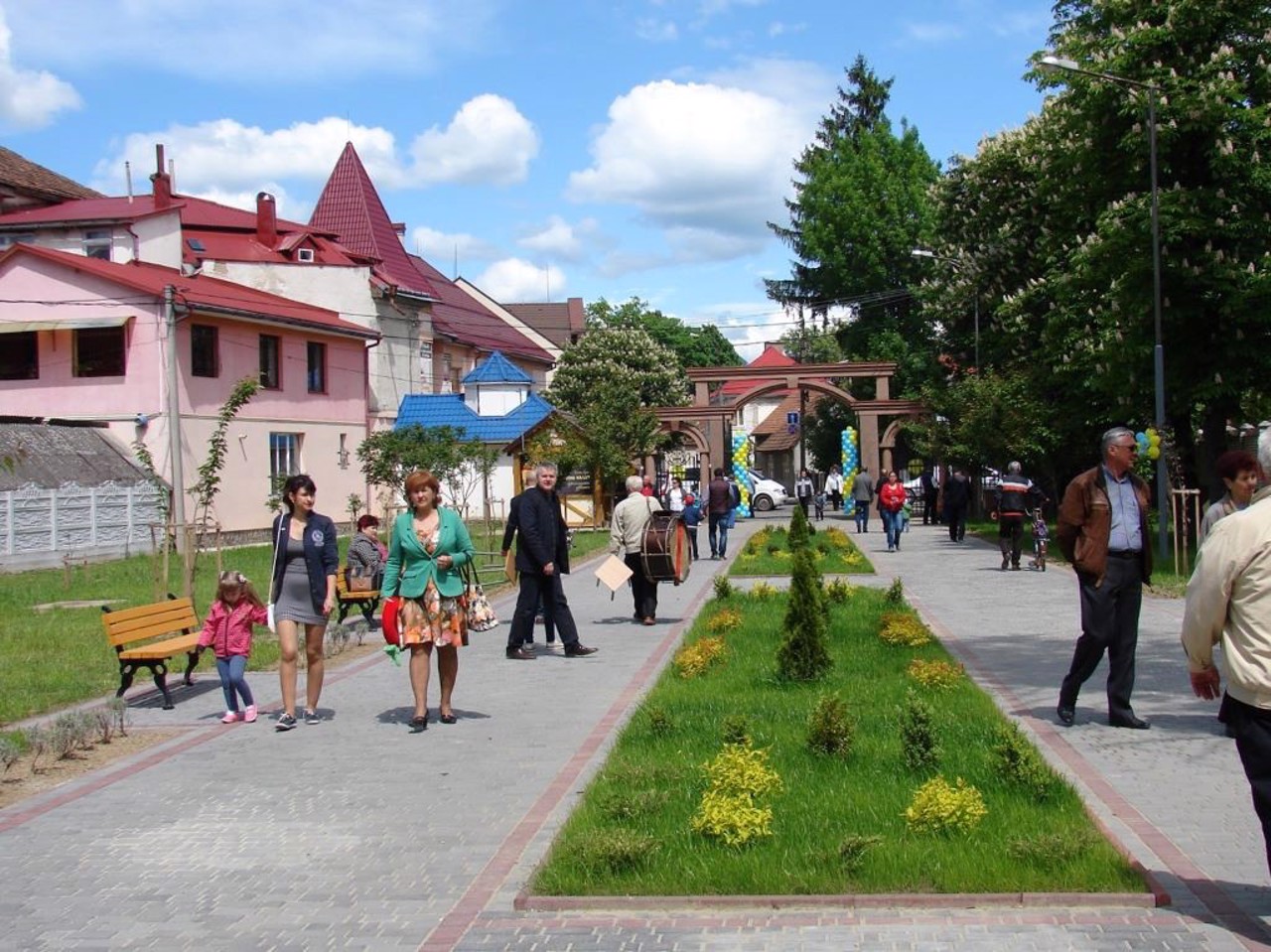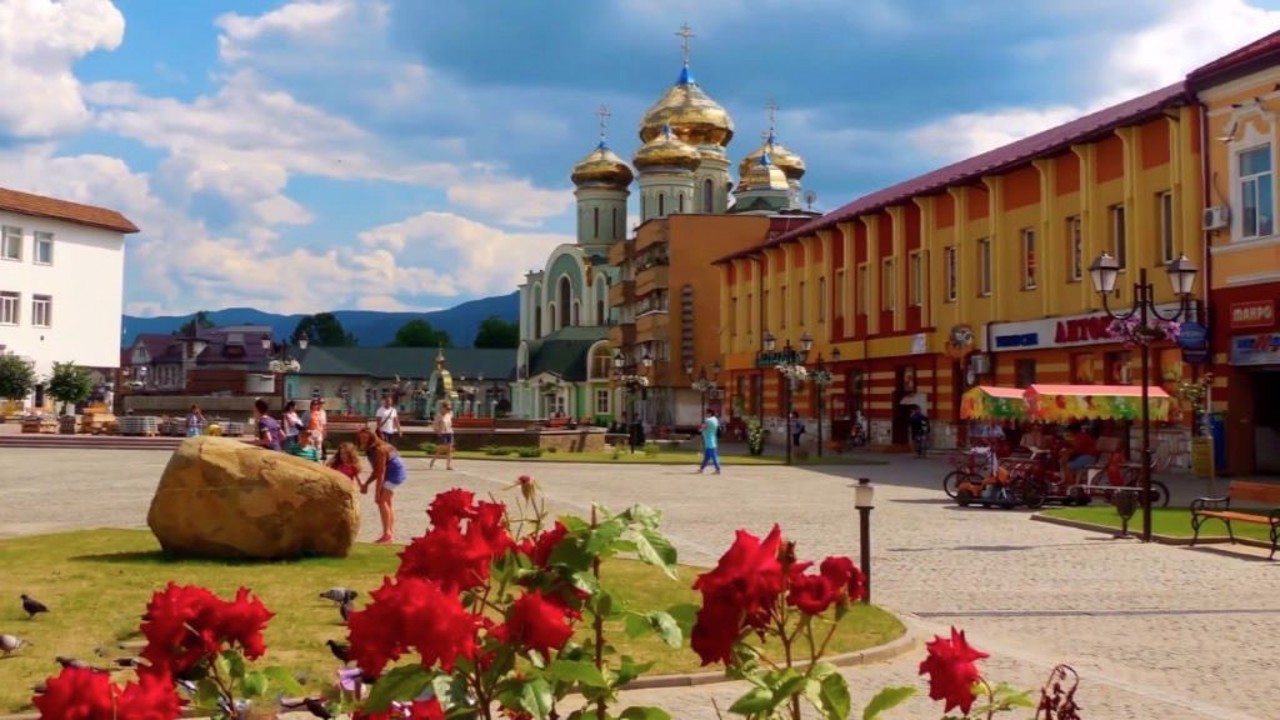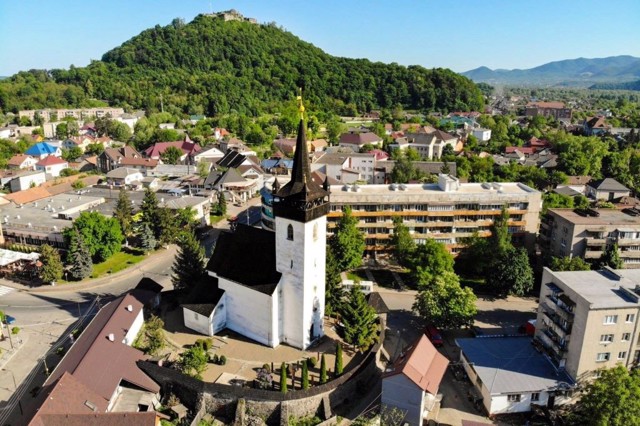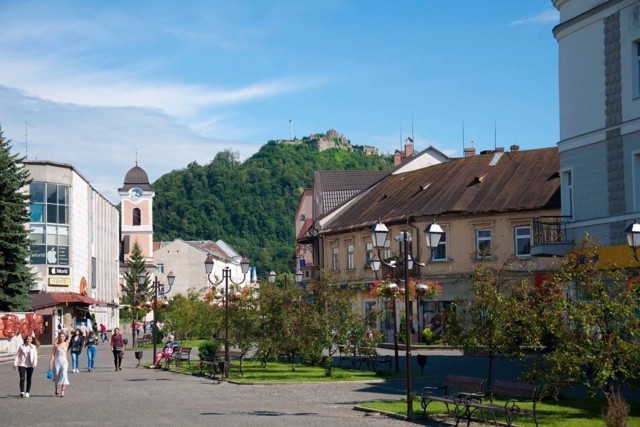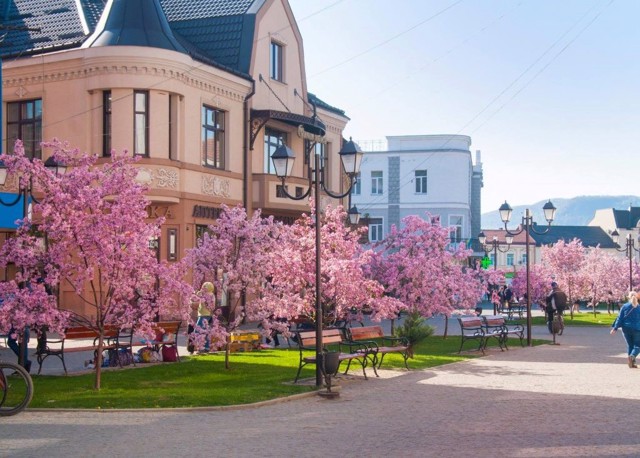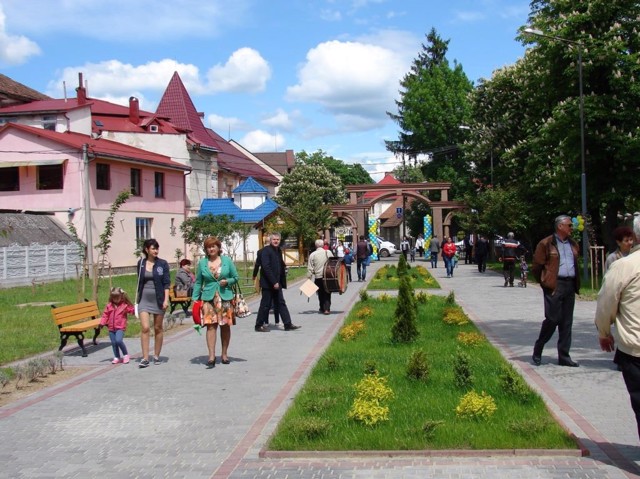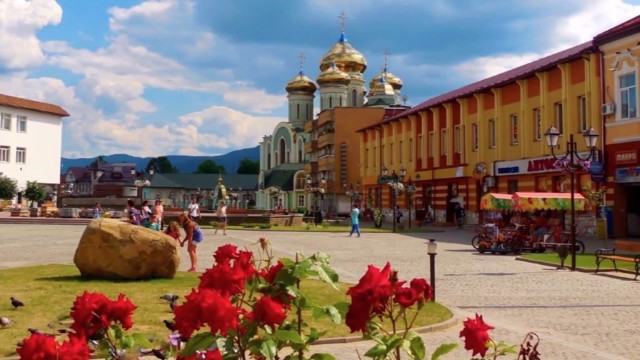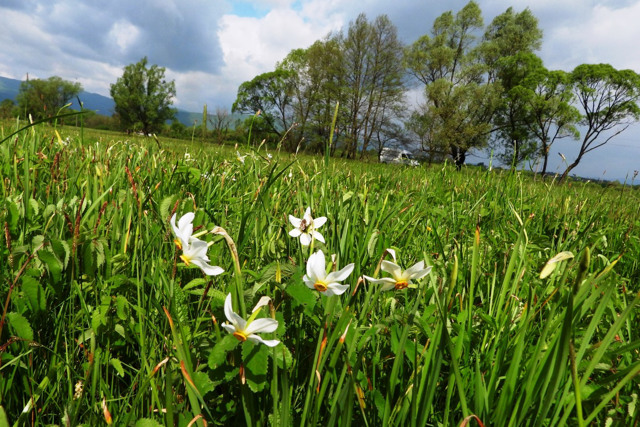Functional temporarily unavailable
General information about Khust
The city of Khust is a picturesque district center at the confluence of the Rika River with the Tysa.
Oral traditions attribute the founding of the city to the local voivode Khust, who had a wife Tysa, a daughter Rika and a son Khustec. The legend tells how Khustets, returning from Turkish captivity, was killed by his own father, who did not recognize his son in Turkish clothes.
According to written sources, Hust was founded in the 12th century on the site of a Slavic fortification by Saxon settlers invited by the Hungarian king Geza II. Then it belonged to the Hungarian feudal lords, then to the Maramorosh voivodeships, who, according to legend, were connected by family ties to the Wallachian lord Vlad III Tepes (Dracula). Hust often changed hands during the Habsburg wars w ...
The city of Khust is a picturesque district center at the confluence of the Rika River with the Tysa.
Oral traditions attribute the founding of the city to the local voivode Khust, who had a wife Tysa, a daughter Rika and a son Khustec. The legend tells how Khustets, returning from Turkish captivity, was killed by his own father, who did not recognize his son in Turkish clothes.
According to written sources, Hust was founded in the 12th century on the site of a Slavic fortification by Saxon settlers invited by the Hungarian king Geza II. Then it belonged to the Hungarian feudal lords, then to the Maramorosh voivodeships, who, according to legend, were connected by family ties to the Wallachian lord Vlad III Tepes (Dracula). Hust often changed hands during the Habsburg wars with Transylvania, and was completely destroyed several times. The ruins of the medieval Khust castle are preserved on the mountain in the center of the city.
In 1939, Avgustyn Voloshyn proclaimed the independence of Carpathian Ukraine in Khust, after which Transcarpathia was annexed by Hungary.
On the outskirts of Khust is the unique Valley of Daffodils, where a rare population of narrow-leaved narcissus (peak flowering in mid-May) grows. In the surrounding area, you can also visit the Selyska cheese factory (Nyzhnie Selyshche village), Deer farm (Lypcha village) and the Wicker weaving center in the Iza village.
Місто Хуст - мальовничий райцентр при впадінні річки Ріки в Тису.
Усні перекази приписують заснування міста місцевому воєводі Хусту, у якого була дружина Тиса, дочка Ріка та син Хустець. Легенда оповідає про те, як Хустець, повернувшись з турецького полону, був убитий власним батьком, який не впізнав сина в турецькому одязі.
Згідно з письмовими джерелами, Хуст засновано в XII столітті на місці слов'янського укріплення саксонськими поселенцями, запрошеними угорським королем Гезой II. Далі належав угорським феодалам, потім Мараморошським воєводам, які, за легендою, були пов'язані родинними зв'язками з волоським господарем Владом III Цепешем (Дракулою). Хуст часто переходив з рук в руки під час воєн Габсбургів з Трансільванією, кілька разів піддавався повному знищен ...
Місто Хуст - мальовничий райцентр при впадінні річки Ріки в Тису.
Усні перекази приписують заснування міста місцевому воєводі Хусту, у якого була дружина Тиса, дочка Ріка та син Хустець. Легенда оповідає про те, як Хустець, повернувшись з турецького полону, був убитий власним батьком, який не впізнав сина в турецькому одязі.
Згідно з письмовими джерелами, Хуст засновано в XII столітті на місці слов'янського укріплення саксонськими поселенцями, запрошеними угорським королем Гезой II. Далі належав угорським феодалам, потім Мараморошським воєводам, які, за легендою, були пов'язані родинними зв'язками з волоським господарем Владом III Цепешем (Дракулою). Хуст часто переходив з рук в руки під час воєн Габсбургів з Трансільванією, кілька разів піддавався повному знищенню. На горі в центрі міста збереглися руїни середньовічного Хустського замку.
У 1939 році Авґустин Волошин проголосив у Хусті незалежність Карпатської України, після чого Закарпаття було анексоване Угорщиною.
На околиці Хуста знаходиться унікальна Долина нарцисів, де росте рідкісна популяція нарциса вузьколистого (пік цвітіння в середині травня). В околицях також можна відвідати Селиську сироварню (село Нижнє Селище), Оленячу ферму (село Липча) та Центр лозоплетіння в селі Іза.
Сплануй своє перебування у Khust
What to see and where to go in Khust
Tourist attractions and museums of Khust
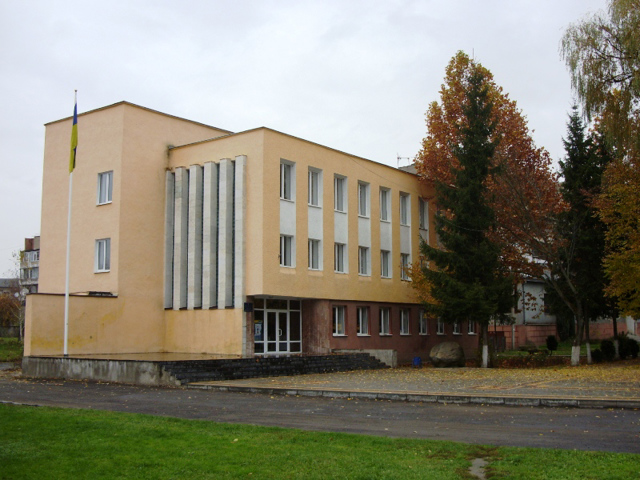
Khust Local Lore Museum
Museum / gallery
The exposition of the Khust Museum of Local Lore is housed in six halls of a modern building in the city center.
2.5 thousand exhibits tell about the history of the region. There are departments of nature and general history, a picture gallery. Also original is the symbolic map of Europe during the First World War, on which the countries of the world are depicted in the form of animals.
Of particular interest is the exposition on the history of Carpathian Ukraine, the capital of which was the city of Khust for some time.
Museum employees conduct tours of the city and its surroundings.
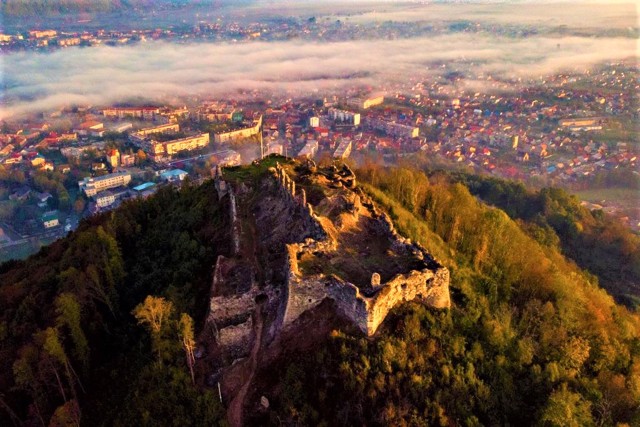
Khust Castle
Castle / fortress
The ruins of the medieval Khust Castle can be seen on the Castle Hill near the center of Khust.
The castle was built in the 11th-12th centuries to control the "salt road" from Solotvyno. The legend connects the name with a voivode named Khust. The castle on the top of a 150-meter mountain stood out for its power, which was provided by 14-meter walls, high towers and a siege well.
In 1378, the Hungarian king presented the Khust castle to cousins Balko and Drago from the Moldavian family of Drahosh. Legend connects them with the Wallachian lord Vlad III Tsepesh (Drakula), who became the prototype of the hero of Bram Stoker's popular novel.
After 1526, the Khust Castle passed to the Principality of Transylvania, and was one of the strongholds of the rebels during the Hungarian War of Independence. It existed until 1776, when a powder cellar exploded due to a lightning strike. Since then, it has not recovered.
Access is free.
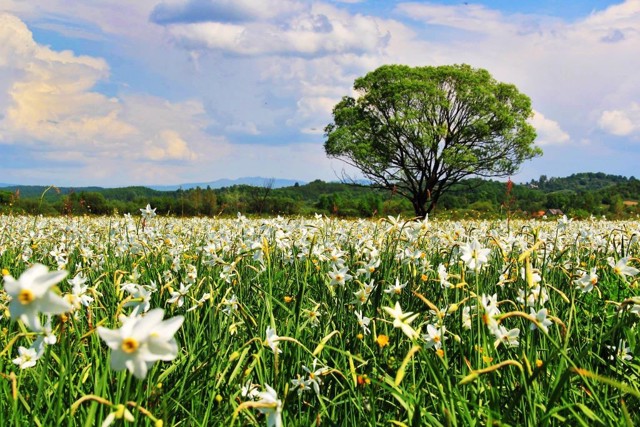
Narcissus Valley
Natural object , UNESCO world heritage site
The legendary Narcissus Valley is located in the Kireshy tract between the Tysa and Khustets rivers on the eastern outskirts of the city of Khust in Transcarpathia. The nature of this relict valley has been preserved since the Ice Age.
The narrow-leaved narcissus population growing here is unique in that it is not in the mountains, but on the plain (180-200 meters above sea level). Similar thickets, but of a smaller area, remained in a few places - the Alps, mountainous regions of Romania and some Balkan countries.
There is an adapted legend about the ancient Greek god Narcissus, who allegedly saw his reflection in the mirror waters of Khustets, fell in love and died of longing, turning into a flower.
The protection of the Narcissus Valley began back in the days of Austria-Hungary. Under the Soviet government, they wanted to plow the land, reclamation work began, but thanks to the efforts of Professor Vasyl Komendar, the territory ended up under the protection of the Carpathian Biosphere Reserve.
The mass flowering of Narcissus Valley usually begins in the first half of May and lasts about two weeks (the exact date depends on the weather). The earth is covered with a white flower carpet of unusual beauty, which thousands of tourists come to see.
The Narcissus Valley is a section of the Carpathian Biosphere Reserve. There is an ecological and educational center "Narcissus Museum", which tells about the unique flora and fauna of the valley, the history of its preservation.
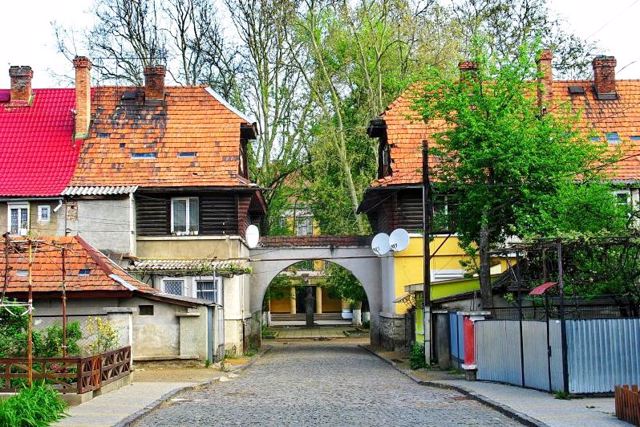
Czech Quarter
Historic area , Architecture
The Czech quarter in Khust, located west of the city's central square and market, is called "Little Prague".
This quarter was built as housing for officers and employees of the Czechoslovak administration during the period when Transcarpathia was part of Czechoslovakia. The construction was carried out in 1924-1925 according to the project of Prague functionalist architect Indrzhykh Freyvald. Two-story houses with small rooms are built from local materials (stone, wood, sand-gravel mixture) and covered with natural red tiles. In total, there are 13 residential buildings in the Czech quarter of Khust.
From the courtyards with outbuildings, you can go out to various streets of the city: Karpatskoyi Ukrayiny, Tarasa Shevchenko, Tomasha Masaryka, Prazka. The administrative buildings of the quarter now house a gymnasium, a school, a vocational school and a children's polyclinic.
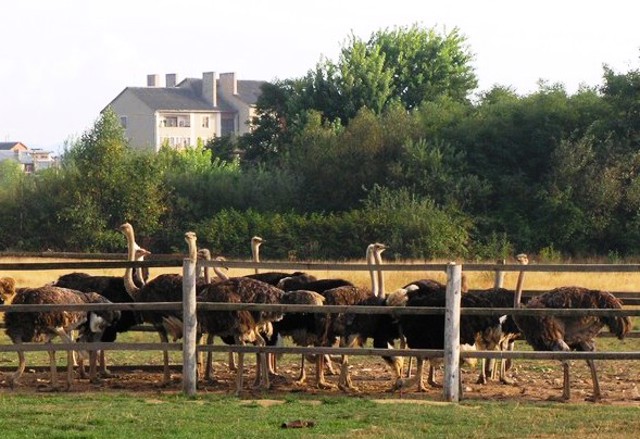
Ostrich Farm
Zoo
The ostrich farm in Khust was opened in 2002 on the northern outskirts of the city, near the district road.
Entrepreneur Vasyl Perets bought his first ostriches in neighboring Slovakia. Currently, the population is 40 birds. Birds are bred for sale, but they also conduct tours for tourists.
An ostrich hatches about 60 eggs per year, each one weighs about 1.5-2 kilograms (one ostrich egg replaces 36 chicken eggs). The taste of ostrich eggs is identical to chicken, and the meat is similar to veal.
You can buy ostrich eggs and feathers at the farm. Since the birds are omnivorous, you can bring any food with you, including bread, apples and cabbage.
Khust in news and blogs
Reviews Khust
Geographical information about Khust
| {{itemKey}} | {{itemValue}} |
|---|---|
| Region |
Zakarpattia |
